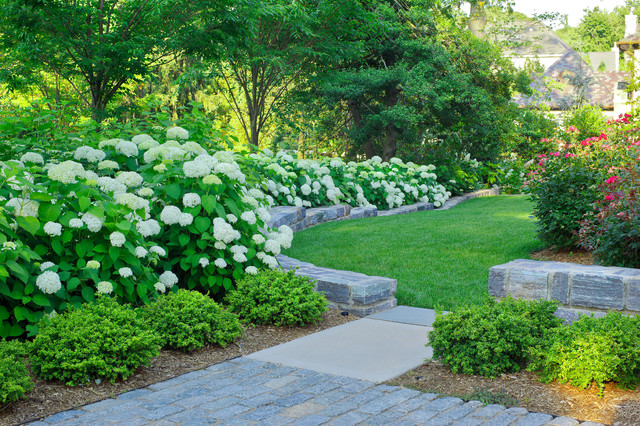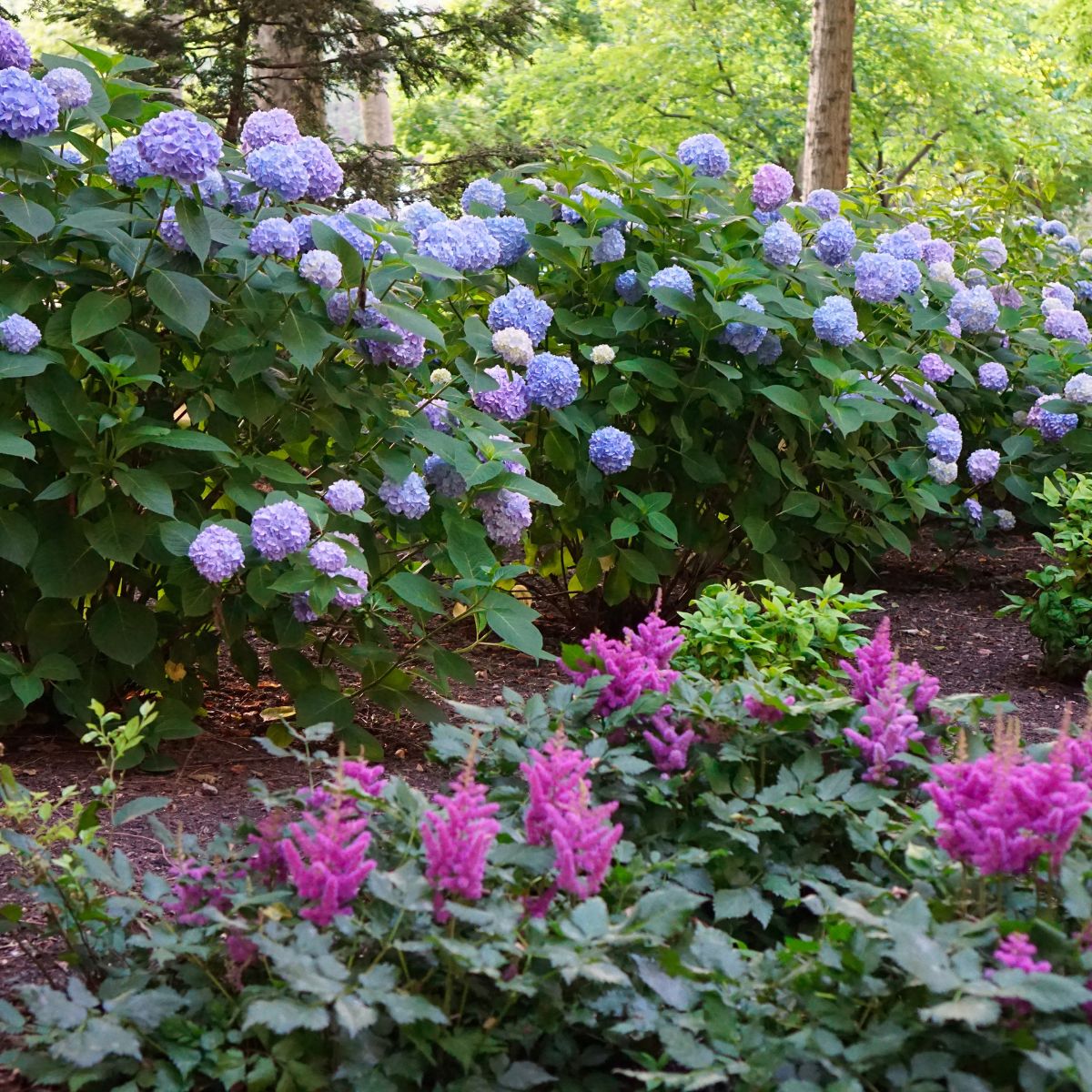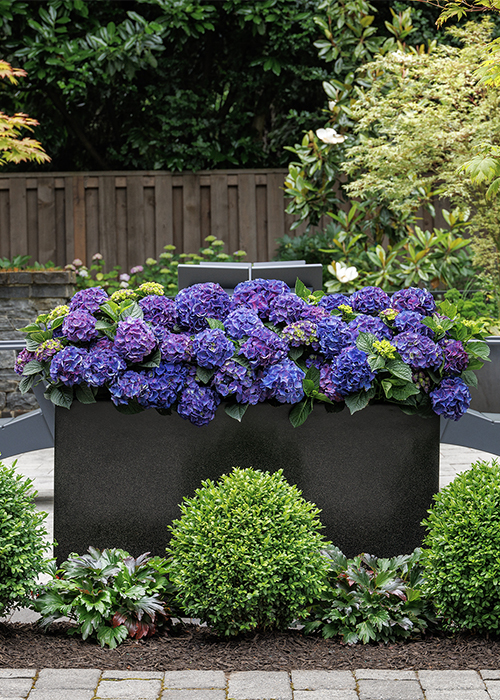Hydrangea Borders: How To Create A Stunning
Hydrangea Borders: How to Create a Stunning Display
Hydrangeas are one of the most popular flowering shrubs in the world, and for good reason. They come in a wide variety of colors, sizes, and shapes, and they can be planted in a variety of settings. One of the most popular ways to use hydrangeas is to create stunning borders.
Hydrangea borders can be used to add color, interest, and definition to your garden. They can also be used to create privacy, screen unsightly views, or simply add a touch of beauty to your yard.
If you're thinking about creating a hydrangea border, there are a few things you need to keep in mind. First, you need to choose the right type of hydrangeas for your climate. Hydrangeas come in two main types: mophead and lacecap. Mophead hydrangeas have large, round flowers, while lacecap hydrangeas have flowers that are arranged in a more open, lacy pattern.
Once you've chosen the right type of hydrangeas, you need to decide how you want to arrange them. You can plant them in a single row, or you can create a more layered effect by planting them in different heights. You can also add other plants to your border, such as hostas, ferns, or daylilies.
When planting your hydrangeas, it's important to space them properly. The exact spacing will depend on the type of hydrangeas you're planting and the size of the mature plants. However, as a general rule of thumb, you should space hydrangeas about 3 feet apart.
Hydrangeas are relatively easy to care for. They need full sun or partial shade, and they prefer moist, well-drained soil. You should water your hydrangeas regularly, especially during the summer months. You should also fertilize them once a year in the spring.
With proper care, your hydrangea border will provide you with years of beautiful flowers.
Here are some additional tips for creating a stunning hydrangea border:
- Use a variety of hydrangeas in different colors and sizes. This will create a more visually interesting border.
- Plant your hydrangeas in a location where they will get full sun or partial shade.
- Water your hydrangeas regularly, especially during the summer months.
- Fertilize your hydrangeas once a year in the spring.
- Deadhead your hydrangeas regularly to encourage new blooms.
- Protect your hydrangeas from frost in the winter.
With these tips in mind, you'll be well on your way to creating a stunning hydrangea border that will add beauty and interest to your garden for years to come.
Hydrangeas are a beautiful and versatile plant that can add a touch of elegance to any garden. If you're thinking about planting a hydrangea border, is a great resource for more information.
On this website, you'll find everything you need to know about choosing the right hydrangeas for your climate, planting and caring for your hydrangeas, and troubleshooting common problems. You'll also find a wealth of inspiration for hydrangea border designs.
Whether you're a beginner or an experienced gardener, is the perfect place to learn more about hydrangea borders. So what are you waiting for? Visit the website today!
FAQ of hydrangea border
1. What are the different types of hydrangeas?
There are two main types of hydrangeas: bigleaf hydrangeas (Hydrangea macrophylla) and lacecap hydrangeas (Hydrangea paniculata). Bigleaf hydrangeas are known for their large, colorful blooms, while lacecap hydrangeas have a more delicate appearance. There are also many different cultivars of hydrangeas, each with its own unique characteristics.
2. What is the best time to plant hydrangeas?
The best time to plant hydrangeas is in the spring or fall. Hydrangeas are hardy plants, but they will do best if they are planted during a cool, moist time of year.
3. How do I care for a hydrangea border?
Hydrangeas need regular watering, especially during the first year after planting. They also need to be fertilized in the spring and fall. Hydrangeas prefer moist, well-drained soil. They can tolerate some shade, but they will bloom more profusely in full sun.
4. How do I deadhead hydrangeas?
Deadheading is the process of removing spent blooms. This helps to encourage new growth and more blooms. To deadhead hydrangeas, simply pinch or cut off the spent blooms.
5. How do I overwinter hydrangeas?
In most areas, hydrangeas are hardy enough to survive the winter without any special care. However, in colder climates, you may need to take some steps to protect your hydrangeas from the cold. This may include mulching around the plants and covering them with a protective blanket.
Image of hydrangea border
5 different images of "hydrangea border" from Pinterest:





Post a Comment for "Hydrangea Borders: How To Create A Stunning"